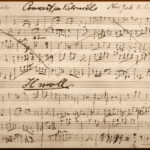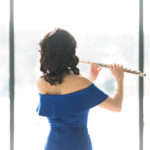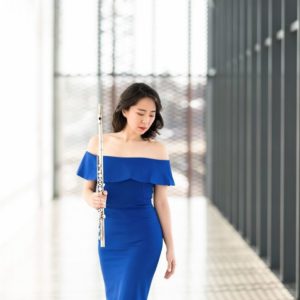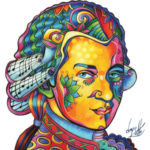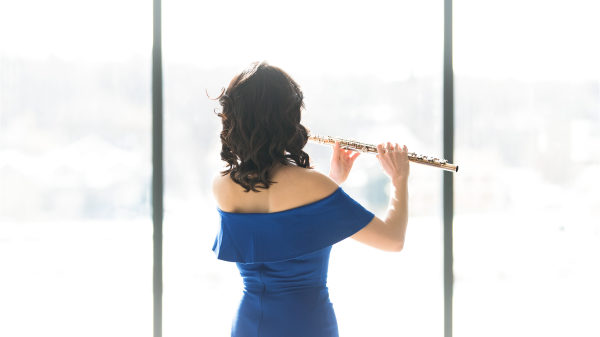The SSO has decided we want to be the change we want to see in orchestral music – so this year we’re highlighting the music of living female composers…in fact, every Masters Series concert has a living female Canadian composer on it! And we knew we had to feature a Saskatchewan composer to start the whole year off. You’re going to love Laura’s music!
Laura Pettigrew’s contributions in Canada are well known but her influence and achievement have now expanded to all over the world. Her works have received world premières by Toronto Symphony Orchestra, (Canada) GRAMMY® Award–winning I Solisti Veneti (Italy), Regina Symphony Orchestra (Canada), Massive Brass Attack (Portugal), Nicole Gi Li and Corey Hamm (Piano Erhu Project or PEP), and Foothills Brass (Canada), Borealis Brass (USA) among others, and featured on recordings by national and international soloists and ensembles as well as in the international award-winning short film, The Sky Came Down, Laura Pettigrew is making her mark on the world stage. Her music has been praised as “spectacular, breathtaking, inspirational” (Reel Rave International Film Festival 2013); “sublime with a style reminiscent of the television show Game of Thrones…patrons were drawn in by the composition…simply put it was awesome” (Regina Leader Post); “Bellissimo” (LA9 SAT Television Station, Padua, Italy): “Dòchas enveloped the Roy Thomson Hall, entrancing the audience immediately with a lavish, calming sound” (Broadway World)
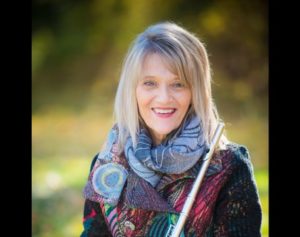
She has been the beneficiary of many scholarships and grants from: Saskatchewan Foundation for the Arts Artist Awards, Regina Artist, Saskatchewan Arts Board, Creative Saskatchewan, Canadian Music Centre, Saskatchewan Film Tax Credit, and been honoured with awards for her commitment to the arts, community and philanthropy: Mayor’s Arts and Business Award, Living the Arts ; University of Regina Alumni Crowning Achievement Award – Distinguished Humanitarian and Community Service ; YWCA Women of Distinction, Jacqui Shumiatcher Arts Award, nominated for the Lieutenant Governor’s Award 2013 and included in the newly published international COMPENDIUM MUSICAE FLAUTA, Encyclopedia of Flute Works by Women Composers.
Today, Laura has become a much commissioned, published and performed symphonic, solo, ensemble and choral composer as well as an accomplished teacher and clinician. She received Two commissions for Canada’s 150th celebration in 2017: Manotick Brass Ensemble AND Toronto Symphony Orchestra’s Canada Mosaic Project, Her Sesquie titled “Dòchas” was premiered December 5, 2017 by Toronto Symphony Orchestra and November 25, 2017 by Regina Symphony Orchestra, partner orchestra for Toronto Symphony Orchestra’s Canada Mosaic Project.
Her works include: orchestral, chamber, wind ensemble, vocal/choral, piano, solo instrumental, film score and
orchestral arrangements.
She is an avid supporter of the Adkins Chiti Foundation, Donne in Musica (Women in Music), Associate composer of the Canadian Music Centre,: Member of : Canadian League of Composers, SOCAN and International Women’s Brass Conference promoting and encouraging composers and musicians to ensure equality prevails for women and men alike.
Laura believes we are all born with a gift and driven by her passion she derives great joy sharing her knowledge and talent. Inspired by historical events, people, landscape, mythology and literature it is the emotional melodic expression that resonates throughout her works.
Tying music events into a wide range of philanthropic endeavours she has also become a voice for those enduring difficult times. Growing up grounded in community she understands the intrinsic value of being one part of a sum and states “without community we are but one alone in the world”.
Hear Laura Pettigrew’s Dochas with the SSO on September 21st for Opening Night.

